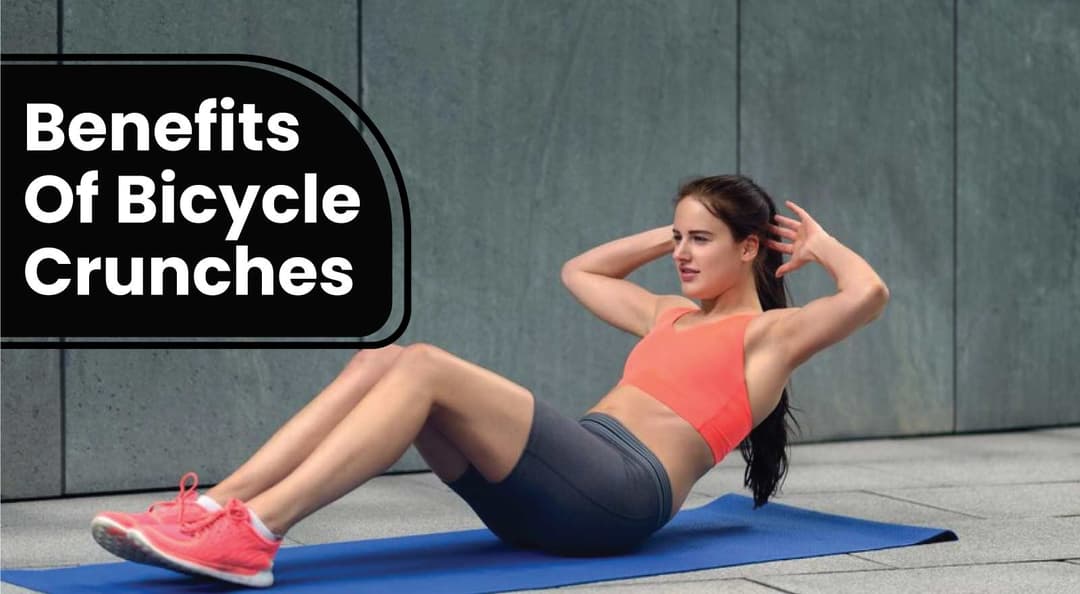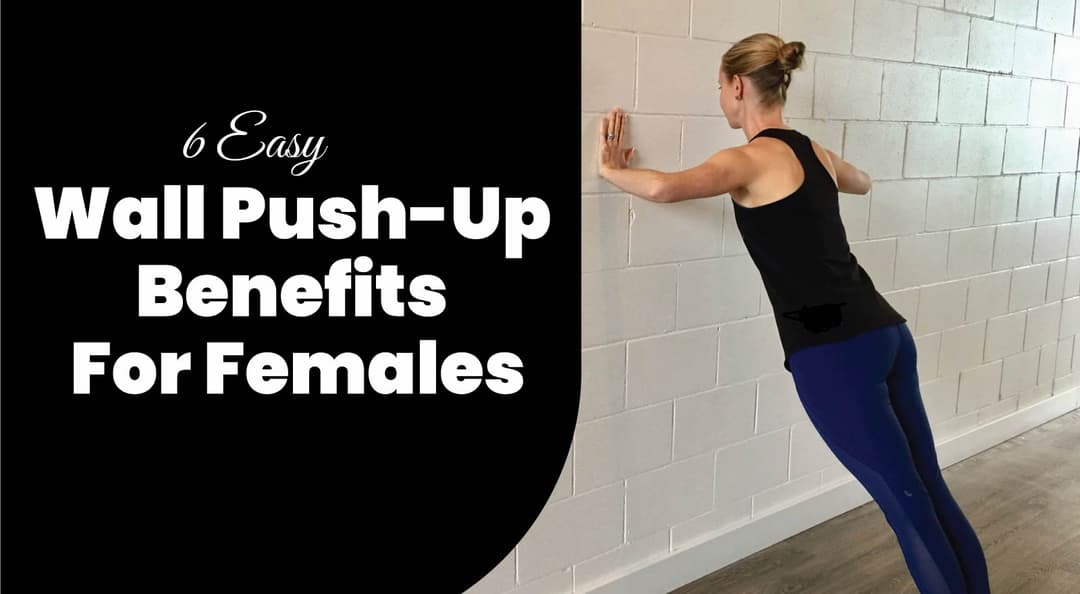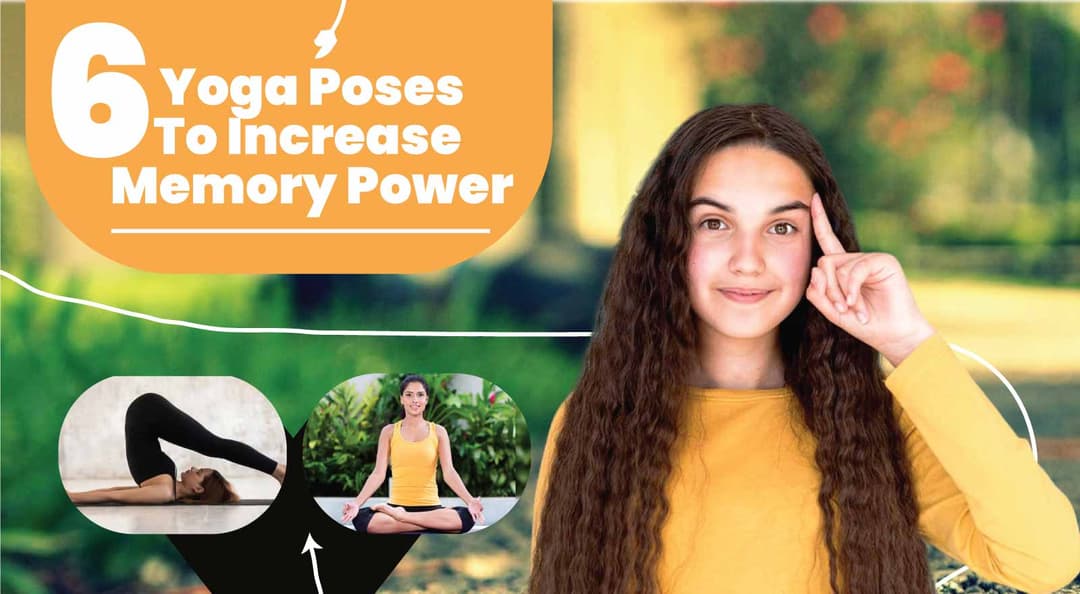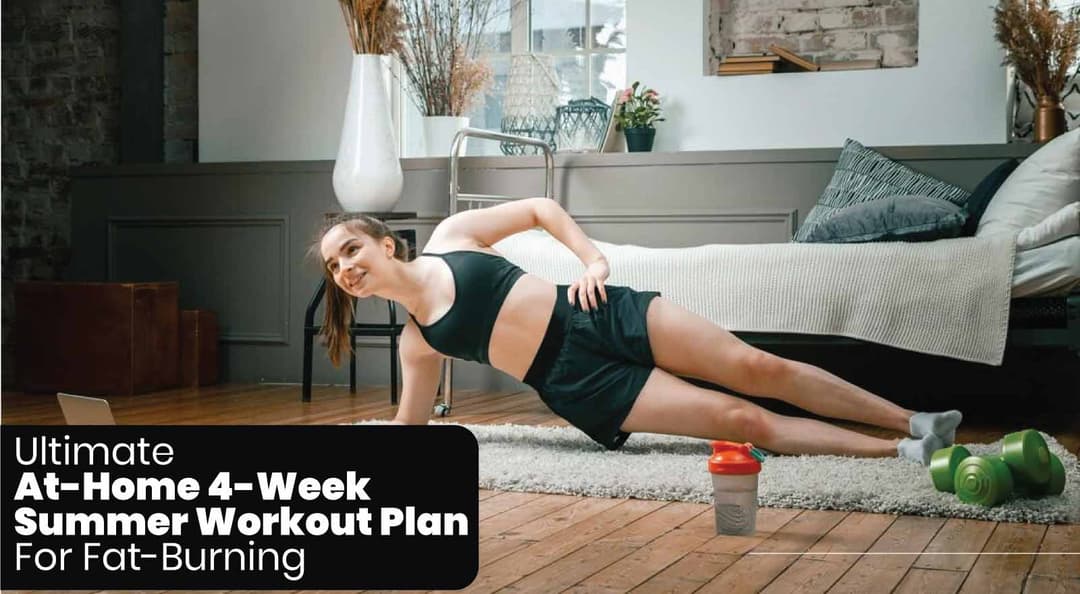Exercises are essential for treating the symptoms of spondylolisthesis, a disorder in which a vertebra slips out of place, and for maintaining spinal stability. Exercise can help manage this condition by strengthening the core, increasing flexibility, and improving posture. Some examples include pelvic tilts, partial curls, and stretching exercises.
Exercises specifically designed for this disease can help increase flexibility, strengthen the muscles supporting the spine, and reduce pain. Exercises strategically selected target specific needs, like improving posture, regaining mobility, and lowering spinal pressure. In this article, we will learn some of the best exercises for spondylolisthesis.
For those with spondylolisthesis, knowing how to perform these exercises under expert supervision can improve quality of life and preserve spine health. Read ahead to learn about the exercises that are best for spondylolisthesis, physical therapy of spondylolisthesis, and what activities you should avoid with spondylolisthesis.
Table Of Contents
1. What Exercise Is Best For Spondylolisthesis?
2. What Is The Best Physical Therapy For Spondylolisthesis?
3. What Activities Should You Avoid With Spondylolisthesis?
4. Expert Advice
5. The Final Say
6. FAQs
7. References
What Exercise Is Best For Spondylolisthesis?

The best exercises for spondylolisthesis focus on strengthening the core muscles, improving flexibility, and promoting proper posture. Some practical exercises include:
1. Pelvic tilts

How to do it-
- With your feet flat and your knees bent, lie on your back on the floor.
- Remain at ease with your arms by your sides.
- Breathe deeply in, then release the breath. Gently tense your abdominal muscles to press your lower back into the floor. This action will tip your pelvis slightly backward.
- For a short while, hold the tilt while continuing to breathe normally.
- Make sure to plant your lower back on the ground firmly.
- Take another breath, then gradually release the tilt to let your lower back curve naturally.
- Repeat this action multiple times while keeping your composure and concentrating on your pelvic movements.
- For every set, aim for 10–15 repetitions.
2. Partial Curls
How to do it-
- Lie on your back on a yoga mat or any other level surface with your knees bent and your feet flat on the floor.
- Avoid tugging on your neck by keeping your arms at your sides or gently supporting your head.
- To get ready, take a deep breath and, as you release it, slightly tense your abdominal muscles. This will help your spine stay more stable during the workout.
- Aim to curl your upper back towards your knees as you slowly raise your head, neck, and shoulders off the ground.
- Keep your lower back flat on the floor during the exercise to reduce strain.
- After holding the curl's apex briefly, take a breath and carefully drop your shoulders and upper back to the beginning position.
- Aim for 10-15 repetitions per set.
3. Cat-Cow Stretches
How to do it-
- Start with a table posture on your hands and knees, with your spine in neutral.
- Take a deep breath, raise your sit bones, thrust your chest forward, and let your tummy drop as you enter cow posture.
- Raise your head, let your shoulders drop from your ears, and keep your eyes forward.
- Take a deep breath out and release the position by dragging your pubic bone forward, tucking in your tailbone, and rounding your spine outward.
- Give your head a release to the ground.
4. Hamstring Stretches

How to do it-
- While lying on your back, round one thigh with a towel and grasp onto both ends to support the thigh.
- The thigh can be held in place without a towel by using your hands. Maintain the other leg level with the ground.
- Attempt to make the bottom of the foot parallel to the ceiling as you slowly straighten the knee until you feel a stretch at the back of your thigh.
- Never stop extending your leg; only straighten your knee when the stretch is comfortable.
- Hold the pose for 10-15 seconds and then gradually increase it.
Also Read- Unlock Your Growth Potential With 10 Best Stretch Exercises For Height And Effective Tips!
What Is The Best Physical Therapy For Spondylolisthesis?
The most effective physical therapy for spondylolisthesis typically involves combining techniques tailored to the individual's specific needs and condition severity. Some commonly recommended physical therapy interventions include-
- Core stabilisation exercises-Strengthen your abdominal and lower back muscles to support your spine better.
- Flexibility exercises- Stretch tight muscles like the hamstrings and hips to relieve pressure on your spine and improve movement.
- Postural training- Learn how to maintain proper body alignment to reduce strain on your spine.
- Manual therapy- Hands-on massage can help alleviate pain and improve spinal mobility.
- Aerobic exercise- Engage in low-impact activities like walking or swimming to improve fitness and manage weight, reducing strain on your spine.
- Education and lifestyle adjustments- Learn about spondylolisthesis management through ergonomic practices and pain relief methods tailored to your needs.
What Activities Should You Avoid With Spondylolisthesis?
Individuals with spondylolisthesis should avoid activities that strain the spine excessively and may exacerbate symptoms. Some activities to consider avoiding include:
- Avoid high-impact sports like running or contact sports that could further harm your spine.
- Avoid heavy lifting, which can strain your back and worsen your symptoms.
- Avoid sitting too long without breaks or support, as it can pressure your spine.
- Be careful with twisting or bending motions, as they can strain your back.
- Limit activities that involve much bending forward, like gardening or vacuuming, as they can also worsen your symptoms.
Expert Advice
As an expert, I recommend a balanced diet to complement exercises for spondylolisthesis. For healthy bones, prioritise eating foods high in calcium and vitamin D, like dairy and leafy greens. Eating nutritious meals and maintaining a healthy weight can lessen the strain on the spine and alleviate symptoms. Include anti-inflammatory foods like fatty fish and nuts to manage pain and inflammation.
Health Expert
Aditi Upadhyay
The Final Say
Exercises are vital for managing spondylolisthesis by strengthening the core, improving flexibility, and promoting better posture. Individuals can reduce pain and enhance spinal stability through targeted routines like pelvic tilts and hamstring stretches. However, seeking guidance from a healthcare professional to tailor exercises to individual needs is crucial. With a suitable regimen, those with spondylolisthesis can effectively manage and maintain their condition and improve their overall well-being.
FAQs
1. What are exercises for spondylolisthesis grade 1?
For spondylolisthesis grade 1, exercises focus on strengthening the core and improving flexibility with moves like pelvic tilts and partial curls. However, it is crucial to avoid high-impact activities and movements that strain the spine.
2. What are spondylolisthesis exercises to avoid?
Exercises to steer clear of include running and heavy lifting, as well as any twisting or bending that strains the back. These activities can worsen symptoms and should be avoided.
3. What are exercises for spondylolisthesis grade 2?
For spondylolisthesis grade 2, similar exercises to grade 1 are recommended, but with modifications to suit the increased severity. Working closely with a physical therapist ensures exercises are gentle yet effective, avoiding strain on the spine while promoting strength and flexibility.
References
- Nonoperative Treatment in Lumbar Spondylolysis and Spondylolisthesis - PMC (nih.gov)
- Evaluation of specific stabilizing exercise in the treatment of chronic low back pain with radiologic diagnosis of spondylolysis or spondylolisthesis - PubMed (nih.gov)
About ToneOp Fit
ToneOp Fit is a platform dedicated to improving and maintaining good health through a comprehensive range of goal-oriented health plans with up to 3 Coach support. With a range of Weight Management, Medical Condition, Detox Plans, and Face Yoga Plans, the app also provides premium health trackers, recipes and health content. Get customised diet, fitness, naturopathy & yoga plans and transform yourself with ToneOp.










































